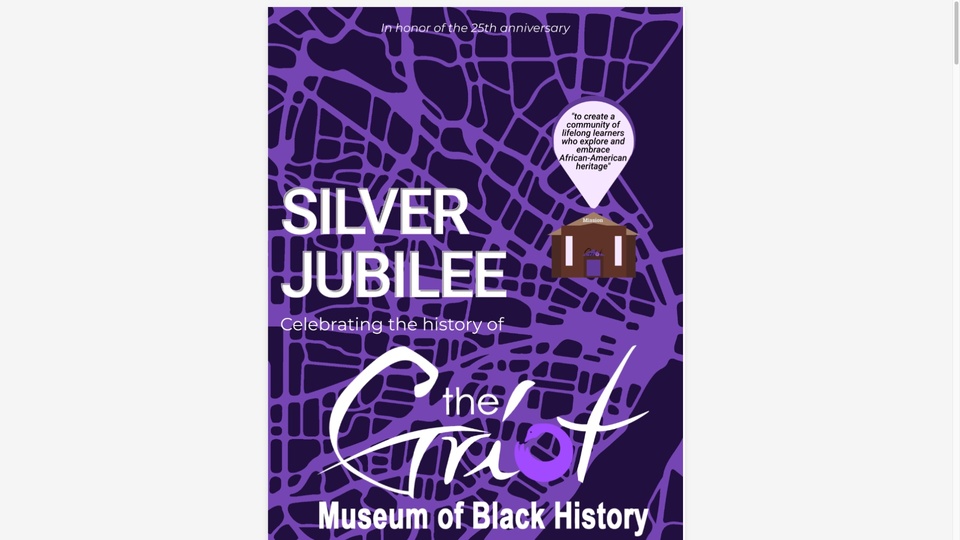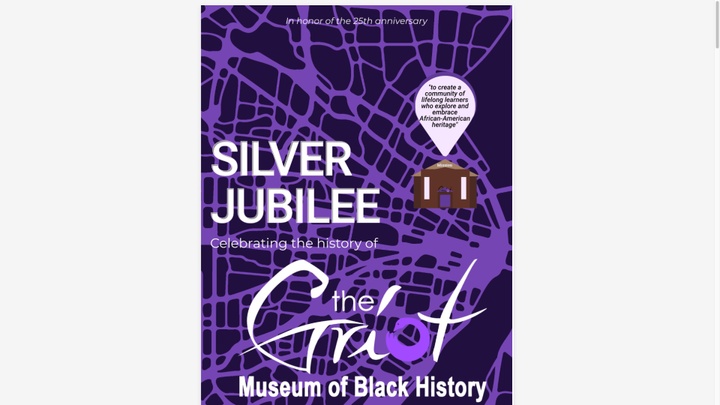Design in Social Systems
2021-07-21 • Liz Kramer

Systems map for the St. Louis Metro Market. By Sasha Kostenko, Claire Wild, Lu Gillespie, and Erica Coven.
Spring 2021 Minor in Creative Practice for Social Change seminar led by assistant professor Penina Acayo Laker
In the second iteration of Design in Social Systems, an interdisciplinary group of students explored the processes that artists and designers use to address, influence, and inspire change around systemic social issues.
The class, which was fully online due to the COVID-19 pandemic, brought together first-year students through seniors studying across all the disciplines in the Sam Fox School, as well as students from other disciplines across the University who do not have traditional design backgrounds. Many of the students are pursuing a Minor in Creative Practice for Social Change, a flexible, five-course program that provides a deeper understanding of how the creative practices of art, design, and architecture address systemic challenges.
“This was my first time taking a Sam Fox School class, and I do not come from a traditional design background,” said Raf Rodriguez, a sophomore majoring in Environmental Analysis with a minor in Creative Practice for Social Change. “It was the most amazing class I’ve taken so far at WashU. At first, I was a little apprehensive taking a Sam Fox School class, but after stepping outside my comfort zone, I would advise and recommend future students really think about that and relish that feeling outside of your comfort zone.”
One highlight of this course is the way it incorporates perspectives from practicing artists and designers. This year guests included Jordan Weber, a multidisciplinary artist and activist based in Des Moines who was an artist-in-residence at WashU in spring 2021; Jude Agboada, a visual communication designer who was the 2020-2021 Louis D. Beaumont Artist-in-Residence; Alix Gerber, a transdisciplinary designer exploring how communities can work toward building alternative social structures to transform justice and well-being; and Jennifer Vokoun, associate professor of graphic design and director of the Food Design Institute at Walsh University in North Canton, Ohio.
“In this class, students have the opportunity to engage with practitioners at various stages of their careers, allowing them to see the diversity in perspectives and approaches they employ in their respective practices as they work toward social change,” said assistant professor Penina Acayo Laker, who developed and taught the course. “In addition, students get a better sense of what’s possible, where the points of intersection and tension lie in this work, and walk away with a more well-rounded idea of what core questions they should be asking of themselves at this stage in their education.”
In addition to learning from practitioners and experts, the course was structured to give students the opportunity to learn from each other.
“One of the biggest things I got from this class was listening to classmates talk about the things that they’re passionate about,” said Claire Wild, a senior studying Global Health & the Environment on the pre-medical track. “I was exposed to their skill sets and I generally learned so much from all of my classmates.”
The final group project provided a particularly opportune occasion to learn from peers, and was completed in partnership with three local community-based organizations: The Griot Museum, 4theVille, and St. Louis Metro Market. Each team learned about the organization they were working with through conversations and review of existing materials. They then synthesized this information into frameworks and visualizations that helped to explain what matters most to each organization. This included capturing themes for what the organizations do, how they’d like to communicate, and how they can grow.
Each group then created a proposal to support the organization in their next steps. For example, one team looked closely at the website for 4theVille. They saw that there was a need to create a site that integrates with social media, is easily navigable, communicates important themes through words and images, and builds new relationships, with an emphasis on storytelling. To demonstrate the possibilities, they built a prototype that embedded community voices, highlighted activism and advocacy, and centered the history and residents of the Ville neighborhood. The prototype also added ways to highlight events, Instagram posts, and more opportunities for photography. This team included Zoe Newton, Emma Ruskay-Kidd, Brandon Perez, and Isaac Thomas-Markarian.
The team working with the St. Louis Metro Market (Sasha Kostenko, Claire Wild, Lu Gillespie, and Erica Coven) proposed communications content for social media channels, including the pacing of social media posts across different platforms. Beyond this communications strategy, they also thought about how to build capacity for St. Louis Metro Market to execute this direction through a structured internship that includes community engagement and marketing work. They also created a systems map, showcasing the ways that the Metro Market connects to create Awareness, Accessibility, Affordability, and Action.
“I will be using that systems map until I can’t use it anymore,” said Quinton Ward, executive director of St. Louis Metro Market. “It’s just a really great way of visualizing—not only for myself and the organization, but also for our partners—to show different areas that we’re tapping into, and what different platforms and vehicles we’re using to make those programs and opportunities happen.”
The team working with the Griot Museum (Nicole Chen, Madison Dugar, Jane Gormley, and Raf Rodriguez) saw an opportunity to celebrate and highlight the strength and direction of the Griot Museum through a zine that focused on its Silver Jubilee. This zine highlights how the Griot goes beyond being a history museum to connect with the community, emphasizing the collaborations that are core to the institution’s programs, exhibitions, and research. It was designed to serve as both a digital and a physical piece that could share the narratives of the museum.
“I think this zine is spot-on with how the Griot team is thinking,” said De Nichols (BFA10, MSW14), a long-time collaborator with the Griot Museum. “This helps to fill gaps at the museum. By creating artifacts that can be transformed across different outlets in digital and print, it allows the museum to produce content that can go out to the public more efficiently.”



















